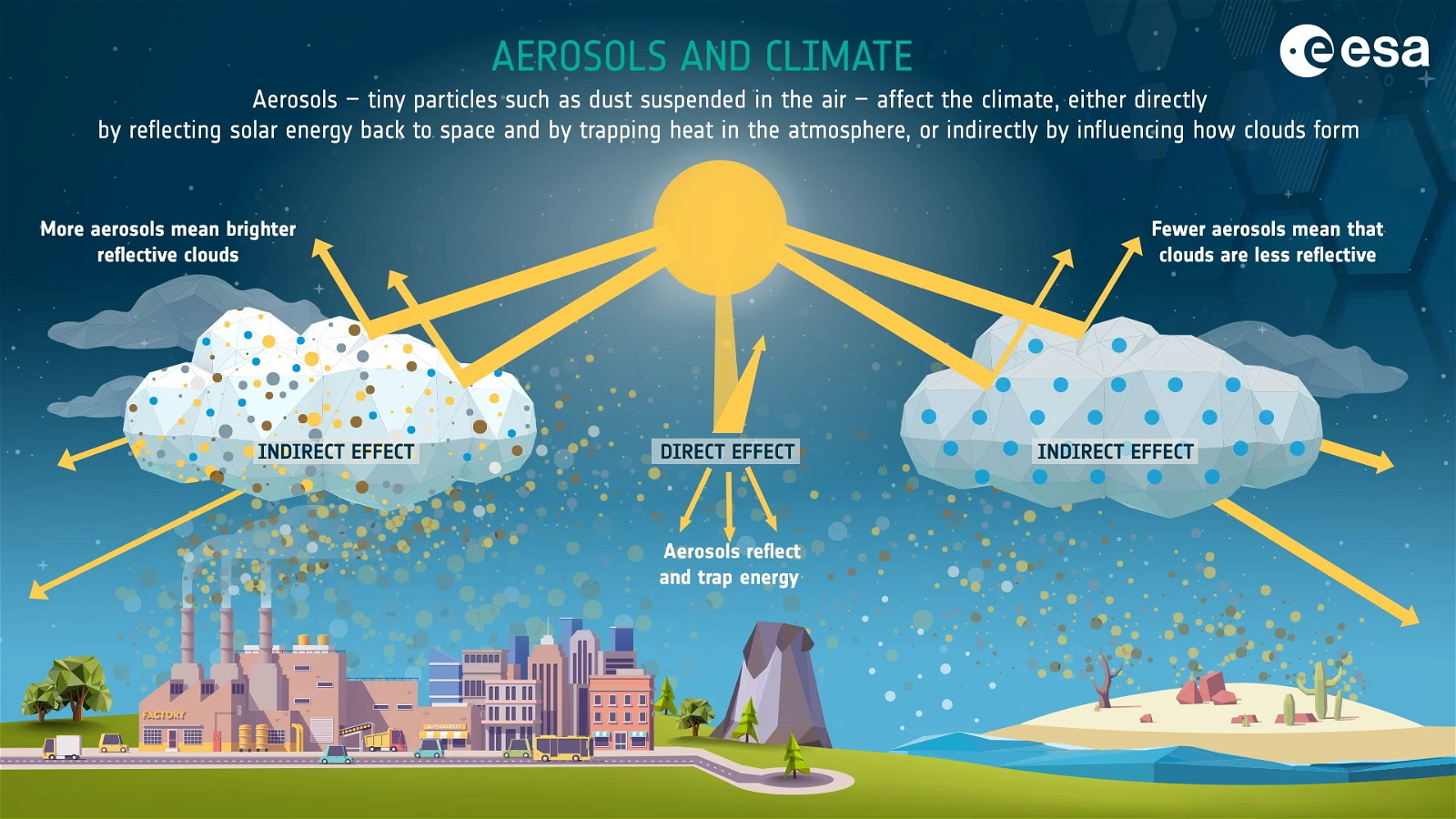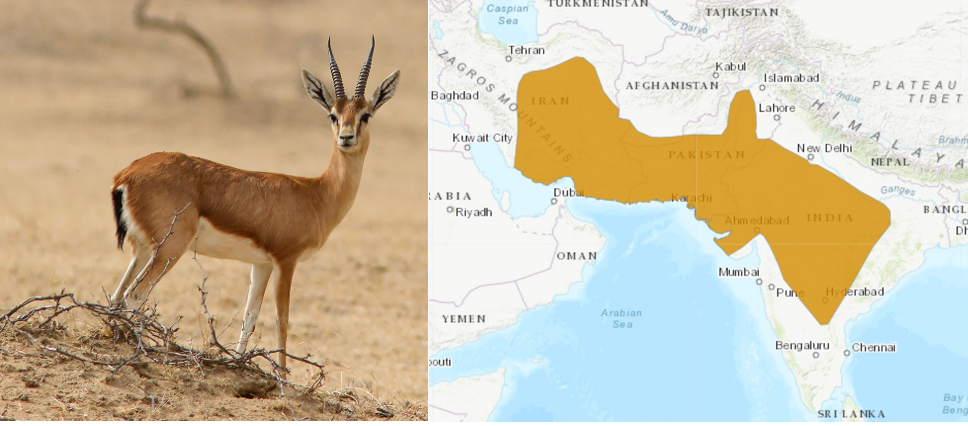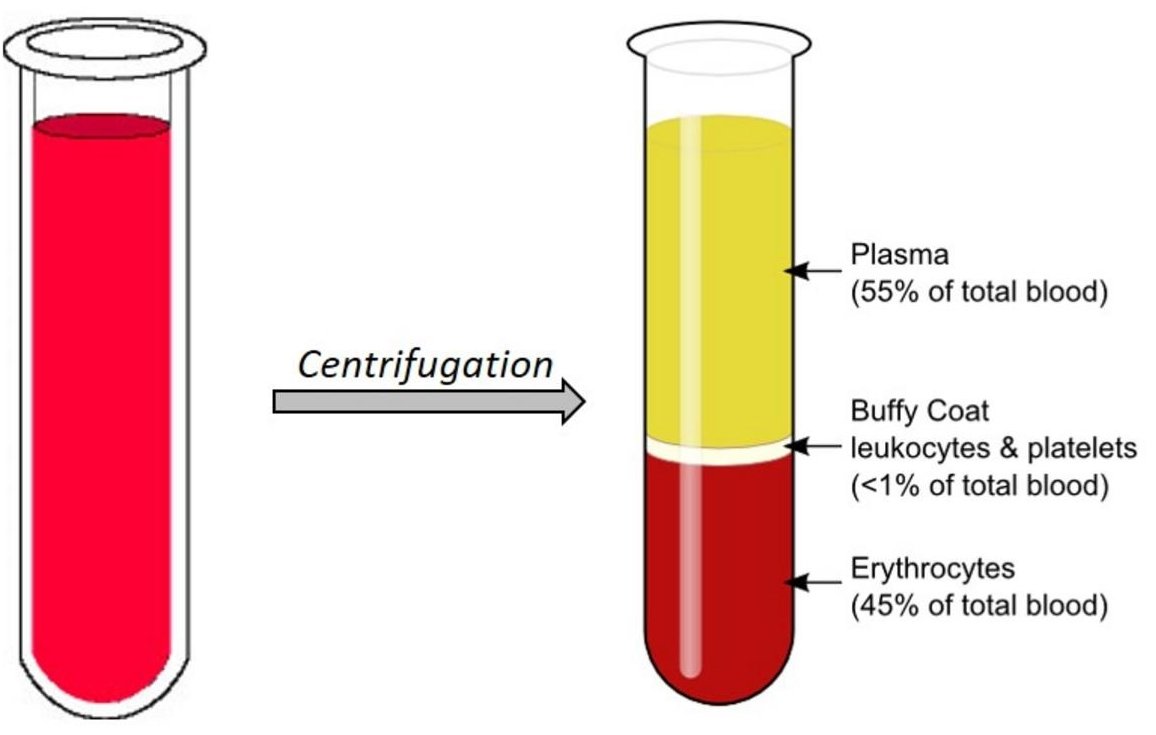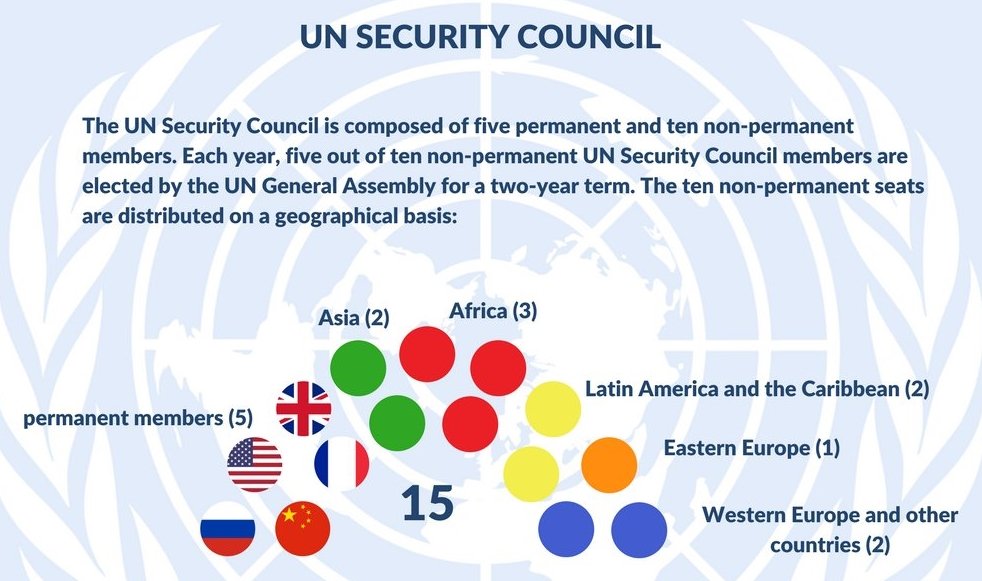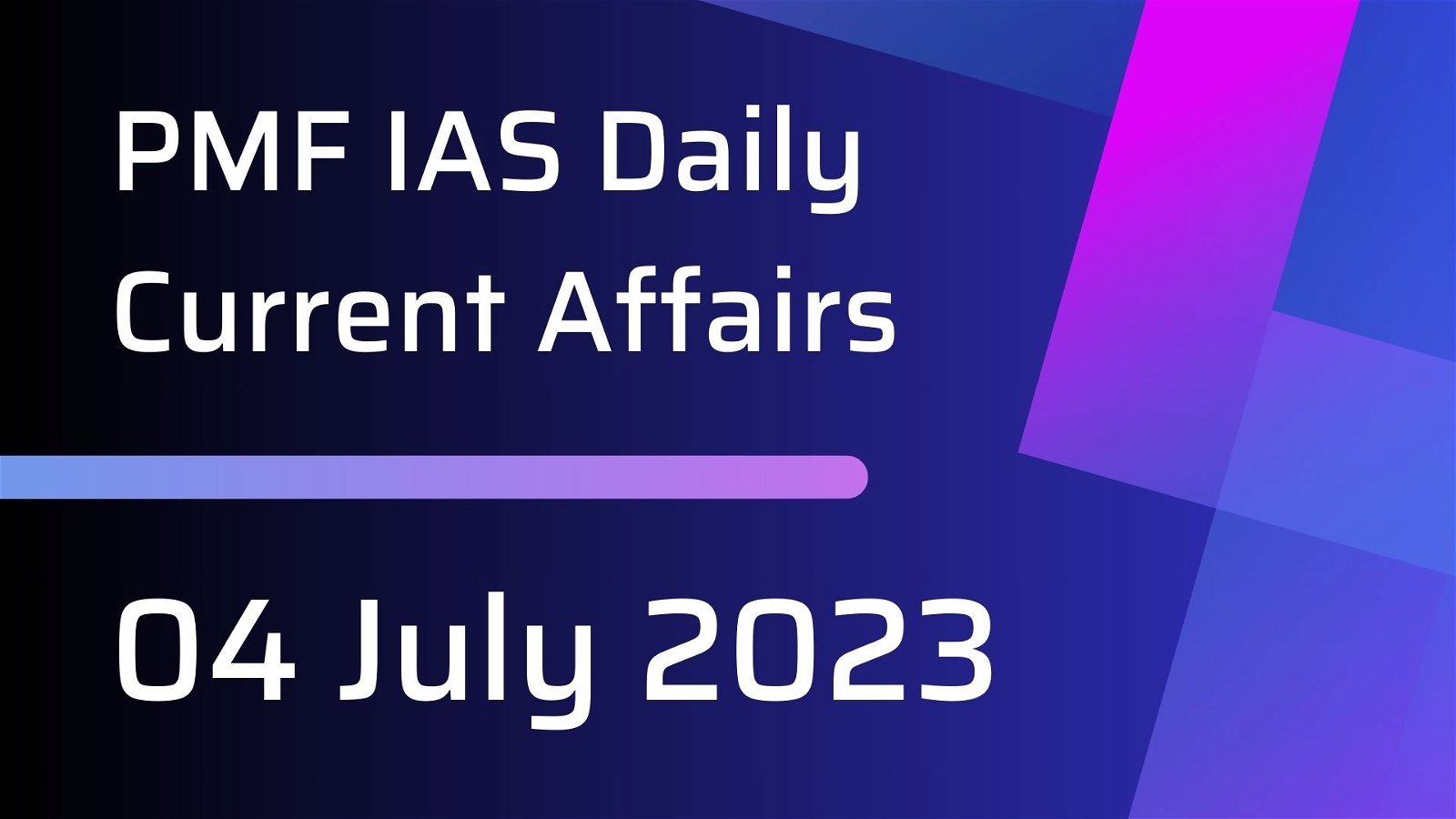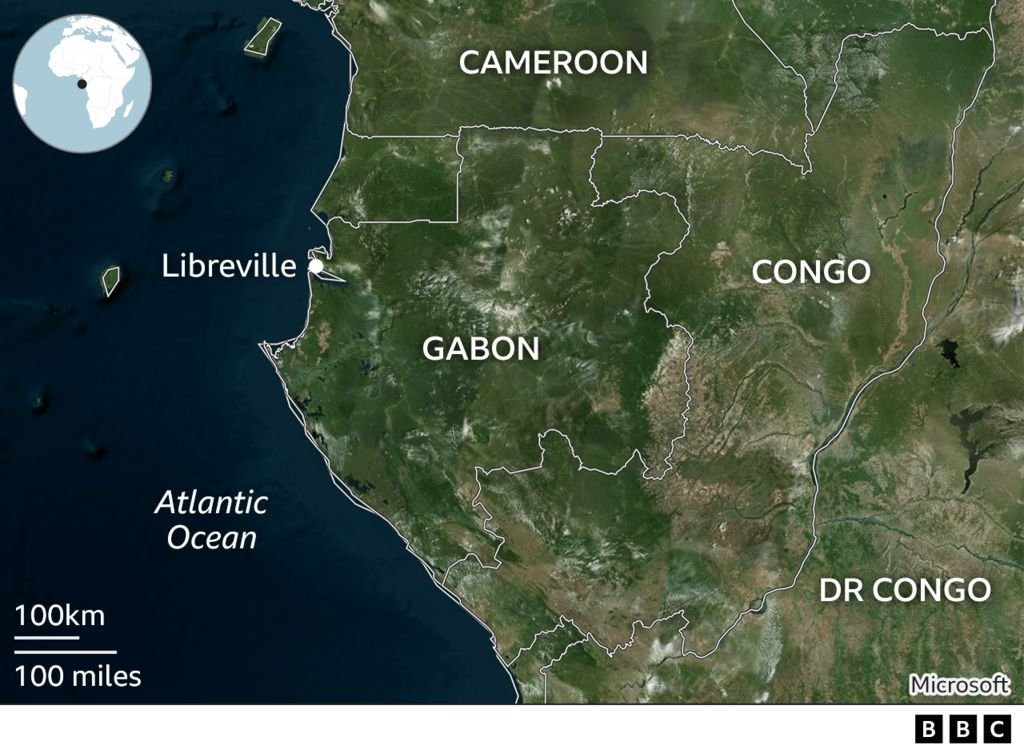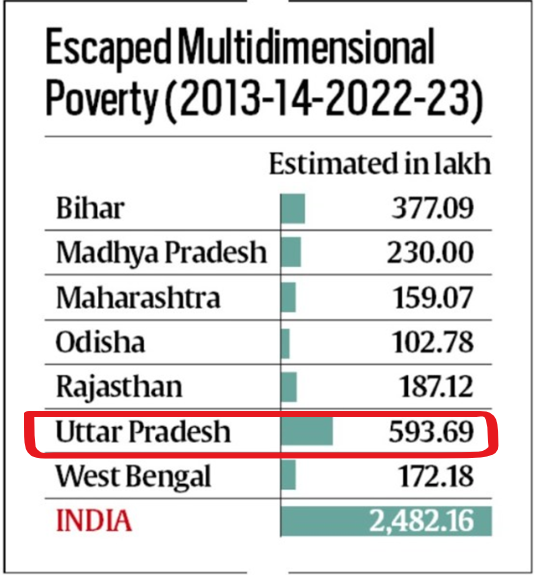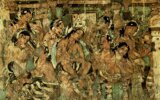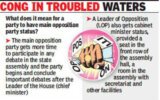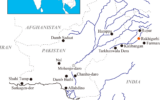
Current Affairs for UPSC Civil Services Exam – June 25, 2024
Subscribers of "Current Affairs" course can Download Daily Current Affairs in PDF/DOC
Subscribe to Never Miss an Important Update! Assured Discounts on New Products!
Must Join PMF IAS Telegram Channel & PMF IAS History Telegram Channel
{GS1 – A&C – Sites} Ancient city of Tamluk
- Context (TI): The ancient city of Tamluk sheds light on the trade links of Indian kingdoms.
Tamluk
- Located in West Bengal, it is the site of the ancient city of Tamralipta or Tamralipti.
- Tamluk was once the capital of the ancient kingdom of Suhma and a bustling commercial centre during the 7th and 8th centuries CE and also served as the capital of the Pala Empire in the 9th century CE.
- Remains of the ancient town of Chandraketugarh were also excavated here.
- Tamluk is one of the largest producers and exporters of paan (betel leaf).
History of Tamluk

Source: Telegraph
- As per Mahabharata stories, Pandavas’ Ashwamedha horse was stopped by the prince of Tamralipta, and a battle ensued. Eventually, the kingdom allied itself with the Pandavas.
- Famous Kali temple Bargabhima Mandir, believed to have been built here by the Pandava prince, Bhima.
- Nearby areas still witness the worship of Bhima and a great fair, known as Bhim Mela, every year.
- Under the rule of King Tamradhwaja, the kingdom reached its peak. The mines of Ghatshila near Tamralipti have been producing rich copper, fuelling the kingdom’s treasury.
- The ancient Rupnarayan River flowed into the Bay of Bengal through an intricate network of estuaries, which enabled large sea-faring ships to dock at Tamralipta.
- The ships carried back copper, silk, cotton, indigo, and earthenware to Ceylon, Southeast Asia, and Southeast Asia.
- It is believed that Emperor Ashoka’s attack on Kalinga intended to capture the port city of Tamralipta.
- During the Mauryan rule, a great stone road connected Pataliputra to Tamralipti to help in the easy movement of copper and other export items to the port of Tamralipta.
- During Ashoka’s reign, Buddhism spread to Ceylon, Southeast and Far East Asia through Tamralipta.
- The Jataka tales of Buddhism also mentioned Tamralipta.
- It is also mentioned in the writings of famous Chinese travellers like Fa-Hien, Hiuen Tsang and Itsing.
- It is also mentioned as Taluctae by the Roman philosopher and traveller Pliny (2nd century CE).
- By the end of the 7th century, the great port city had started declining due to unknown causes.
- After the death of Skandagupta in 467 CE, the Gupta dynasty fell, and anarchy ruled.
- The Rupnarayan River also changed course, moving eastwards and joining Bhagirathi (Hooghly).
- With the older course drying up, the port became less and less navigable, and its glory was forever lost.
{GS2 – Polity – IC – Federal Structure} Renaming of Kerala State to Keralam *
- Context (TH): Kerala Legislative Assembly passed a resolution to change the state’s name from ‘Kerala’ to ‘Keralam’ in the First Schedule, aligning it with Malayalam pronunciation.
Process to Rename a State
Constitutional Provision
- The Constitution of India gives the parliament power to alter the name of a state under Article 3.
- Article 3 explicitly lays down a procedure to change the area, boundaries, or name of a state.
- Proposal
- The process of renaming can be initiated either by the Parliament or the state assembly.
- The state legislature sends a proposal in the form of a resolution to the Central Government.
- In parliament, the bill cannot be presented without a recommendation from the President.
- Procedure
- When a state is to be affected by such changes, the bill must be presented to that state’s legislature.
- This requirement was introduced by the Fifth Amendment Act of 1955.
- The state legislature can express its views on the bill within a specified time frame. However, these views are not binding on the President or Parliament.
- After receiving the state legislature’s suggestions or after the time period expires, the bill returns to Parliament for further consideration.
- Then, the bill gets further deliberated in the parliament & has to be approved with a simple majority.
- Role of other Institutions in the process
- No Objection Certificates (NOCs) from several agencies such as the Ministry of Railways, Intelligence Bureau, Department of Posts, Survey of India and Registrar General of India are necessary.
- Once the Union Ministry of Home Affairs receives the NOC from these institutions, it gives its consent.
{GS2 – Governance – Issues} Manipur’s Kuki–Zo Group
- Context (TH): The Kuki-Zo tribal bodies protested across the hill districts of Manipur calling for the Centre to carve out a Union Territory (UT) for the community, to end the ongoing ethnic conflict.
Kuki-Zo Group
- Third largest ethnic group in Manipur, making up approximately 16% of the population.
- Prominent among them are the Thadou, Gangte, Hmar, Paite, and Simte tribes, who inhabit the southern hilly areas of the state.
- Like the Naga tribes, each Kuki/Zo community has developed its own unique language, cultural practices, and traditions.
- While some Kuki groups adhere to indigenous religions, many have embraced Christianity, which was introduced by missionaries during the British colonial era.
Read more on Manipur Violence.
{GS2 – Vulnerable Sections – Women} Girl child participation in schools
- Context (DTE): NGO Child Rights and You (CRY) has launched a nationwide campaign, “Poori Padhai Desh Ki Bhalai”, to increase the participation of the girl child in Indian schools.
Status of female education in India
- 2011 census data: Male literacy rate stood at 82.14%, whereas for females, it was lower at 65.46%.
- Estimates indicate that in rural India, only one out of every 100 girls reach class 12, and 40% of girls drop out before completing the fifth standard.
- Over the last decade, rural women have shown the highest increase in literacy rates, with a rise of 26%.
- Female gross enrolment ratio at the elementary level is 94.32%, slightly higher than 89.28% for boys.
- Similarly, at the secondary level, girls have an enrolment ratio of 81.32%, compared to 78% for boys, and at the higher secondary level, girls achieve a ratio of 59.7% versus 57.54% for boys.
- According to the “World Employment and Social Outlook Trends for Women 2018 report, more women today are educated and actively participating in the labour market than ever before.
Challenges faced by females in accessing education
- The disparity persists despite the rapid increase in female enrolment since the 1990s.
- High dropout rates and lower attendance among girls compared to boys.
- Within government schools, issues such as overcrowded classrooms, teacher absenteeism, lack of sanitation facilities, including girls’ toilets, and overall poor infrastructure remain common concerns.
- Social norms and customs, such as early marriages and restrictions on girls’ mobility outside their homes and villages, contribute to lower female attendance and dropout rates.
- Health issues, including frequent illnesses due to inadequate nutrition and unsanitary living conditions, also affect girls’ attendance and educational outcomes.
- Economic constraints and traditional gender roles often lead families to prioritise boys’ education over girls’, as girls are perceived to be less employable.
- Patriarchal attitudes and societal perceptions contribute to the marginalisation of women in social, political, and economic spheres, limiting their opportunities and voice in development discussions.
- Concerns over violence against women and security issues further contribute to barriers to girls’ education, affecting their ability to attend school regularly and safely.
Government schemes for uplifting female education
- Beti Bachao Beti Padhao (BBBP) Scheme: Launched in 2015, this scheme focuses on improving the declining child sex ratio and ensuring the education and empowerment of girls.
- Sarva Shiksha Abhiyan (SSA): Although not exclusively for girls, SSA aims to provide universal elementary education. It includes interventions to improve girls’ access to and quality of education.
- Support to Training and Employment Program for Women (STEP): Ministry of Women and Child Development initiative to provide skills training and employment opportunities to women.
- National Scheme of Incentives to Girls for Secondary Education (NSIGSE): This scheme provides financial incentives to encourage girls from poor backgrounds to complete secondary education.
- Udaan Scheme: CBSE initiative to promote girls’ education by providing support for their entry into technical education programs (such as engineering) through coaching and financial assistance.
{GS2 – Vulnerable Sections – Women} Women MPs in the 18th Lok Sabha **
- Context (TH): The 18th Lok Sabha’s inaugural session will see newly-elected MPs taking oath.
- Among these are 74 women MPs, a decrease from the 78 MPs in the previous Lok Sabha, the highest ever recorded. West Bengal leads as the state elects the most women MPs, at 11.
Women Representation in Lok Sabha
- In 1957, just 45 women candidates were contesting the Lok Sabha election. By 2024, this number had significantly increased to 799 women candidates, accounting for 9.5% of the total candidates.
- However, Percentage of Women MPs Elected In the 2024 Lok Sabha elections, 74 women were elected as MPs. This represents 13.6% of the total 543 seats in the Lok Sabha.
Need for Women’s Representation in Politics
- Gender Equality: Women make up roughly half of the population, and equal representation ensures their voices and concerns are adequately addressed in policymaking.
- Fair Representation: Ensuring women have equal opportunities to participate in politics is a matter of justice and fairness.
- Inclusive Decision-Making: Women bring different perspectives and experiences to the table, which can lead to more comprehensive and effective policies.
- Balanced Governance: Diversity in representation leads to balanced and well-rounded governance that considers the needs of all citizens.
- Focused Policies: Women are more likely to prioritise and address issues such as healthcare, education, childcare, and gender-based violence.
- Role Models: Female politicians inspire more women to engage in public life and politics.
{GS2 – IR – Water sharing} Teesta water sharing with Bangladesh **
- Context (TH): The West Bengal Chief Minister wrote to the Prime Minister saying no discussion on the Teesta River treaty should be taken up with Bangladesh without the involvement of the State Government.
Teesta River
- The Teesta River originates from the Pahunri (or Teesta Kangse) glacier in the Eastern Himalayas in the state of Sikkim, India.
- It flows southward through the Indian states of Sikkim and West Bengal, eventually entering Bangladesh.
- In Bangladesh, it merges with the Brahmaputra River (known locally as the Jamuna River).
- Major tributaries: Rangpo River, the Rangit River, and the Great Rangit River.
Key Events and Agreements
- 1983 Agreement:
- An ad-hoc agreement on the sharing of Teesta waters was reached in 1983, with Bangladesh allocated 36% and India 39% of the water flow, leaving 25% to be decided later.
- However, this agreement was never fully implemented.
-
1996 Ganges Water Treaty:
- Although this treaty primarily addressed the Ganges River, it set a precedent for bilateral cooperation on water-sharing between India and Bangladesh.
- Attempts at a Comprehensive Agreement:
- In 2011, an attempt was made to resolve the dispute when Indian PM visited Bangladesh.
- Proposed agreement aimed at allocating 37.5% of Teesta’s waters to Bangladesh and 42.5% to India.
- However, West Bengal govt opposed it arguing that it would harm its agricultural interests.
Challenges and Considerations
- Political Dynamics: Indian government needs the cooperation of state governments like West Bengal, which have significant autonomy over water resources.
- Environmental Factors: Climate change and environmental degradation affect the river’s flow, complicating efforts to reach a fair and sustainable agreement.
- International Relations: The water dispute is a significant aspect of Indo-Bangladesh relations, influencing diplomatic ties and cooperation in other areas.
{GS3 – S&T – Tech} Underground Coal Gasification
- Context (PIB): The Ministry of Coal has initiated India’s first Underground Coal Gasification (UCG) project at the Kasta Coal block in Jharkhand.
- This project led by Eastern Coalfields Limited, aims to convert coal into valuable gases like methane, and hydrogen for industrial use, promoting sustainable energy and enhancing coal resource utilisation.
Coal Gasification
- Coal gasification is a process that converts coal into syngas (synthetic gas), which is primarily composed of carbon monoxide (CO), hydrogen (H₂), carbon dioxide (CO₂), methane (CH₄), and water vapor (H₂O).
- This is achieved by reacting coal at high temperatures (typically above 700°C) with a controlled amount of oxygen and/or steam.
- The resulting syngas can be used for various applications, including power generation, the production of chemical feedstocks, and as a fuel for synthetic natural gas (SNG) production.
In-Situ Gasification of Coal (Underground Coal Gasification)
|
Advantages of Underground Coal Gasification
- Utilisation of Un-mineable Coal: Accesses deep or thin coal seams that are not feasible to mine using conventional methods.
- Reduced Surface disturbance: Lesser environmental & social impacts compared to traditional method.
- Efficiency: Potentially higher efficiency and lower costs due to the elimination of coal mining, transportation, and surface gasification processes.
- Lower Emissions: The controlled environment allows for better management of emissions & pollutants.
Disadvantages of Underground Coal Gasification
- Technical Complexity: Requires advanced technology for drilling, ignition, and maintaining controlled gasification conditions.
- Environmental risks: Potential risks include groundwater contamination, subsidence, and uncontrolled gas migration.
- Regulatory and Public acceptance: Addressing regulatory concerns and gaining public acceptance is crucial, especially regarding environmental and safety issues.
- Monitoring and Control: Requires continuous monitoring and control to ensure efficient operation and to mitigate potential environmental impacts.
Applications
- Power Generation: Such as in gas turbines or combined cycle plants for electricity generation.
- Chemical Feedstocks: Production of chemicals such as methanol, ammonia, and synthetic natural gas.
- Hydrogen Production: UCG can be an alternative source of hydrogen for industrial uses and fuel cells.
{GS3 – Envi – RE} Energy Transition Index
- Context (DTE): World Economic Forum Report, Energy Transition Index emphasize the need for urgent action to address energy equity in Sub-Saharan Africa.
- Despite significant challenges, the region has shown the strongest growth, driven by improvements in energy access and affordability, but substantial efforts are still required.
Energy Transition Index (ETI)
- ETI is a tool developed to assess countries’ energy systems’ performance across three dimensions:
- Economic Development and growth
- Environmental sustainability
- Energy access and security
- It provides insights into how countries balance energy transition with economic and social considerations.
- ETI 2024 Score: Sweden (1) and Denmark (2) secured the top rankings, having both placed in the top three countries each year for the past decade. They are followed by Finland, Switzerland and France.
- Out of 120 countries, 107 have shown progress over the past decade, with 30 countries seeing their scores increase by more than 10%.
- ETI scores reached highest in 2024, but the transition momentum has slowed over the last three years.
Energy Equity
- Energy equity refers to fair access to reliable, affordable and sustainable energy.
- It encompasses addressing disparities in energy access, ensuring affordability for all socio-economic groups, and supporting sustainable energy solutions.
Challenges in Sub-Saharan Africa’s Energy Sector
- Limited Access to Electricity: Sub-Saharan Africa has around 600 million people lacking access to electricity. This hinders economic development, education, and healthcare services.
- Developing energy infrastructure is expensive due to the vast and often sparsely populated regions. Investments are needed in grid expansion, maintenance, and off-grid solutions.
- Dependence on fossil fuels, are environmentally unsustainable and subject to volatile global markets. This dependence also hinders the adoption of cleaner, renewable energy sources.
- Limited financial resources and access to capital impede the development of energy projects. Many countries struggle to attract investments due to perceived risks and economic instability.
- Inconsistent policies, lack of regulatory frameworks, and bureaucratic hurdles discourage private sector investment and innovation in the energy sector.
- Access to modern technologies and expertise is limited, slowing the adoption of advanced and efficient energy solutions.
- Energy projects can have significant environmental and social impacts, including displacement of communities, deforestation, and water pollution.
Progress in Energy Transition
- Despite challenges, sub–Saharan Africa has shown strong growth in ETI particularly in improving energy access and affordability.
- Kenya expanded electricity access through Last Mile Connectivity Project and investments in geothermal energy, making it a leader in renewable energy.
- Rwanda have made significant strides in expanding electricity access through innovative off-grid solutions and investment in renewable energy.
{Prelims – In News} World Medical & Health Games
- Context (PIB): Four AFMS officers performed well in the 43rd World Medical & Health Games that took place in Saint-Tropez, France.
World Medical and Health games
- It has been an annual international event Since its creation in 1978.
- World’s most famous health event, open to members of the medical and health professions.
Armed Forces Medical Services (AFMS)
- It is an Indian military organisation that was established in 1948 and oversees and coordinates the medical services of the Indian Army, Navy, and Air Force.
- It is the apex body for medical services in the Indian military, reporting to the Ministry of Defence.
- The AFMS is led by a Lieutenant General (Lt Gen) or equivalent officer from the Navy or Air Force.
- The AFMS consists of
- Army Medical Corps (AMC) including AMC (NT)
- Army Dental Corps (AD Corps) and
- Military Nursing Service (MNS).
{Prelims – PIN World – Asia} Dagestan Region *
- Context (IE): Gunmen killed 15 police officers, priest in Russia’s Dagestan Region.
Dagestan Region

Credit: Kyiv Post
- Offially known as Republic of Dagestan, is a province within the Southern part of Russian Federation.
- Which is a predominant Muslim region with a history of armed insurgency as terrorist acts.
- Dagestan’s name translates to ‘Land of Mountains’ emphasizing its mountainous terrain.
- Location: Eastern part of North Caucasus, sharing borders with Georgia and Azerbaijan to the South.
- The largest ethnic group here is Avars, followed by Dargins, Kumyks and Lezgins.
- Makhachkala, along the coast of Caspian Sea is the capital of Dagestan.







![PMF IAS Environment for UPSC 2022-23 [paperback] PMF IAS [Nov 30, 2021]…](https://pmfias.b-cdn.net/wp-content/uploads/2024/04/pmfiasenvironmentforupsc2022-23paperbackpmfiasnov302021.jpg)
